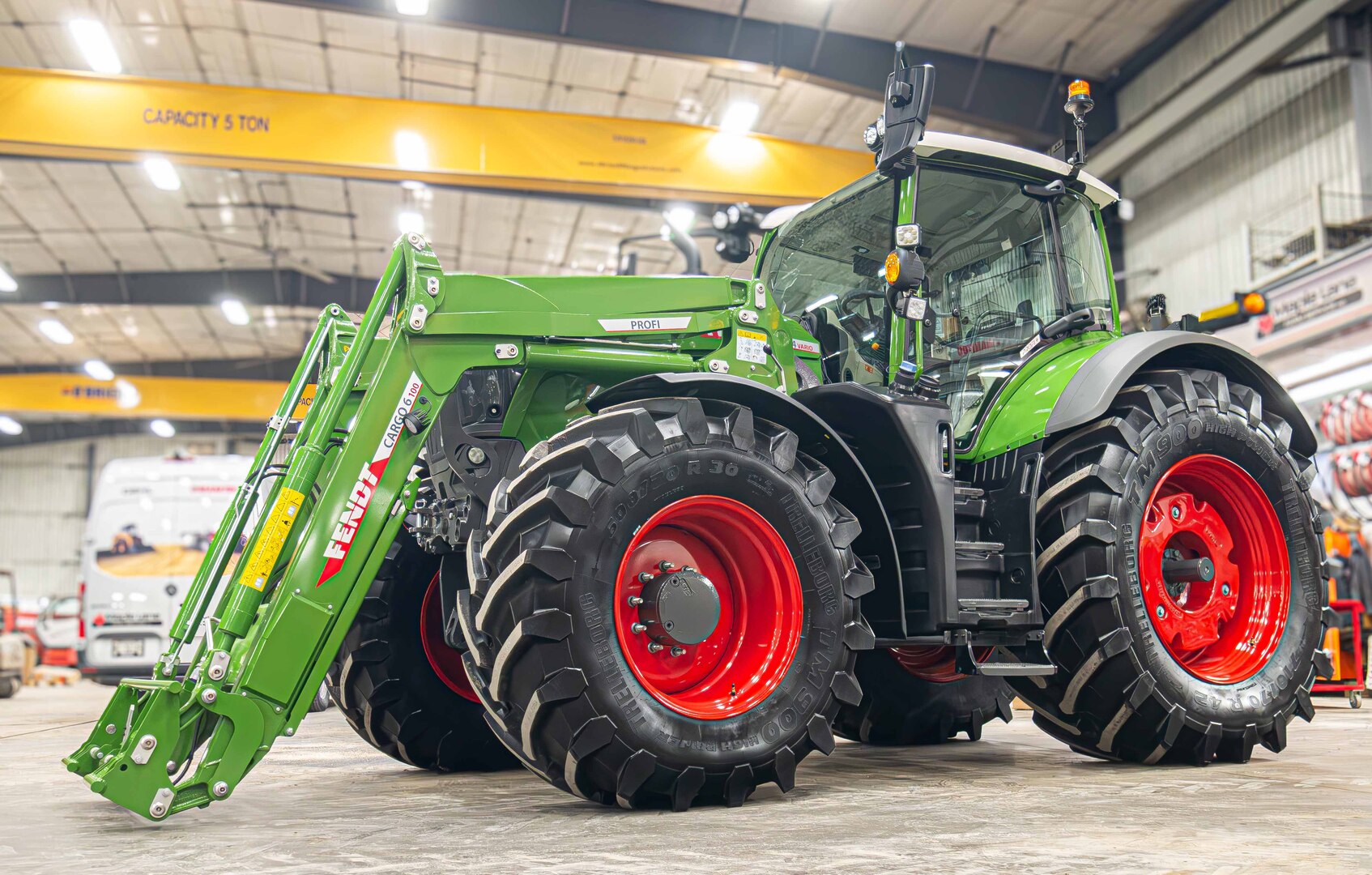
How Do Tractor Tire Sizes Work
Updated:
Summary
Tractor tire sizes are shown with numbers and letters. These numbers and letters give details about their dimensions and features. The format of tractor tire sizes can vary, but they generally follow a pattern.
Shortcuts
Get more helpful Content 👇
Here’s a breakdown of how to read tractor tire sizes:
Section Width:
The first number in the size represents the tire’s section width, measured in millimeters.
This is the width of the tire from sidewall to sidewall when mounted on the recommended rim.
Aspect Ratio:
The aspect ratio is the ratio of the tire’s section height to its section width, expressed as a percentage. You can find this by dividing the tire’s off-the-rim height by it’s width.
A two-digit number usually represents aspect ratio following the slash (/). For example, in the size “380/85R24,” 85 is the aspect ratio.
Construction Type:
The letter after the aspect ratio indicates the tire’s construction type.
Besides “R” for radial, you may also see “B” for bias-ply construction.
Rim Diameter:
The last number in the size represents the rim diameter, measured in inches.
It displays the diameter of the rim you will use for mounting the tire.
Putting it all together, let’s take an example: “380/85R24”
- 380: Section width in millimeters.
- 85: Aspect ratio (height is 85% of the section width).
- R: Radial construction.
- 24: Rim diameter in inches.
So, the tire in this example has a section width of 380 millimeters, an aspect ratio of 85%, radial construction, and is designed to fit a 24-inch rim.

